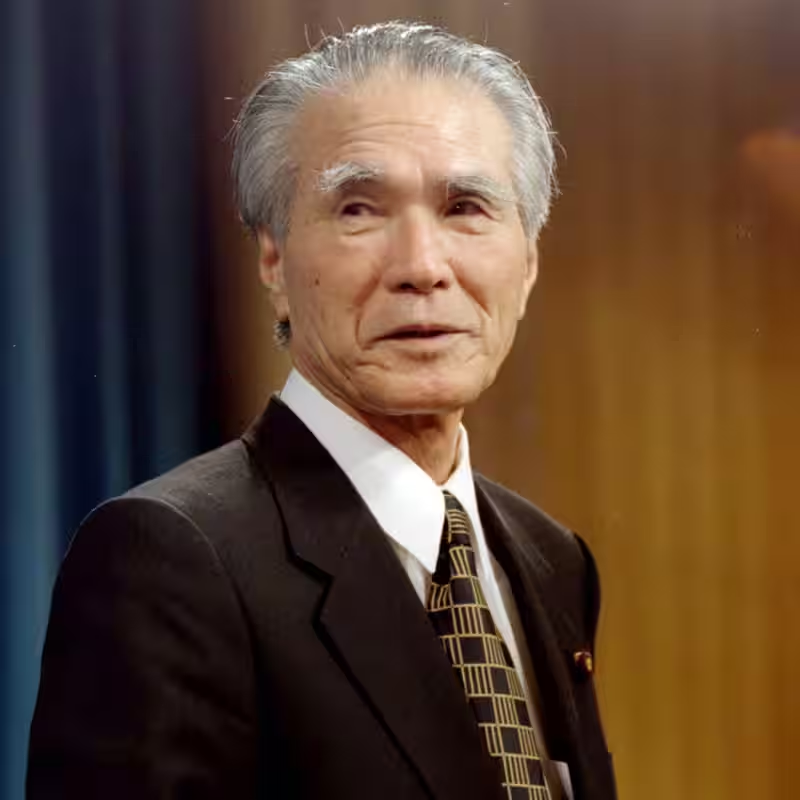Table of Contents
- Who Was Tomiichi Murayama?
- The Landmark War Apology That Defined a Legacy
- An Unlikely Rise to Power
- Comfort Women and the Push for Reconciliation
- Life After Office and Lasting Impact
- Sources
Who Was Tomiichi Murayama?
Tomiichi Murayama, the former Prime Minister of Japan best known for delivering the nation’s most unequivocal apology for World War II atrocities, has died at the age of 101. His passing was confirmed by the Social Democratic Party of Oita, where he spent his final years in Kyushu province.
Murayama’s legacy is inseparable from his historic 1995 address—delivered on the 50th anniversary of Japan’s surrender—where he expressed “deep remorse” and offered a “heartfelt apology” for the wartime suffering inflicted by Imperial Japan across Asia.
The Landmark War Apology That Defined a Legacy
On August 15, 1995, in a nationally televised speech that lasted under five minutes, Murayama made history. Standing as Japan’s leader, he acknowledged the “irrefutable facts of history” and took responsibility for the torture, killings, and systemic abuse committed by Japanese forces during the war.
“Our task,” he said, “is to convey to younger generations the horrors of war so that we never repeat the errors in our history.”
This statement—now enshrined as the Murayama Statement by Japan’s Ministry of Foreign Affairs—became the benchmark for all subsequent wartime apologies by Japanese leaders. Despite fierce opposition from nationalist factions within his own coalition, Murayama pushed through a version of the apology that, while carefully worded, carried unprecedented moral weight.
Why the Murayama Statement Still Matters
Even decades later, the Murayama Statement remains a diplomatic touchstone in Japan’s relations with China, South Korea, and other nations affected by its wartime actions. While critics argue it didn’t go far enough, historians widely regard it as the most sincere official acknowledgment Japan has ever issued.
An Unlikely Rise to Power
Murayama’s ascent to prime minister in June 1994 was anything but conventional. A quiet backbencher with no cabinet experience, he was thrust into leadership as part of a fragile coalition between his pacifist Japan Socialist Party and the dominant conservative Liberal Democratic Party (LDP).
Described as “down to earth” and “not a typical politician,” Murayama lacked charisma but made up for it with quiet determination. His coalition partners held most cabinet posts, leaving him politically isolated—yet he used his limited leverage to pursue reconciliation.
Comfort Women and the Push for Reconciliation
One of Murayama’s most significant post-apology efforts was addressing the plight of “comfort women”—an estimated 200,000 women, many Korean, forced into military-run brothels during the war.
In 1995, he helped establish the Asian Women’s Fund, a hybrid government-charity initiative offering medical support and modest compensation. Though criticized for not being direct state reparations, the fund brought global attention to survivors’ stories.
Murayama later served as the fund’s president until it closed in 2007, demonstrating his lifelong commitment to atonement.
Life After Office and Lasting Impact
After retiring from Parliament in 2000, Murayama remained active in peace advocacy. He traveled internationally, gave speeches on war prevention, and even practiced calligraphy—a craft he used to promote Japan-China friendship.
During the early days of the pandemic, he donated calligraphy pieces to Shanghai’s municipal archive with a message of solidarity: “Credibility comes from being true to one’s words.”
Key Milestones in Murayama’s Life
| Year | Event |
|---|---|
| 1924 | Born in Oita, Japan |
| 1972 | Elected to House of Representatives |
| 1994 | Becomes Prime Minister |
| 1995 | Delivers historic war apology; launches Asian Women’s Fund |
| 2000–2007 | Leads Asian Women’s Fund post-retirement |
| 2025 | Dies at age 101 |




